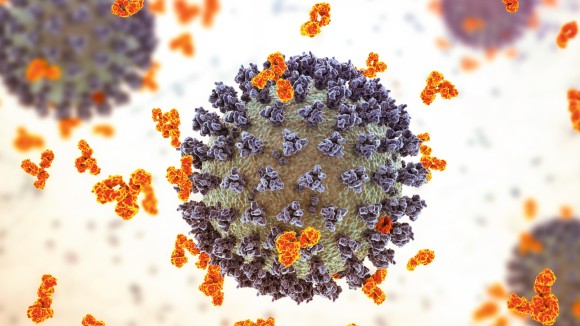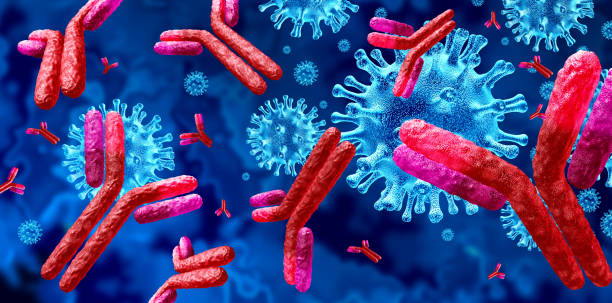
Biophysics
Biophysics is the study of life using the principles and methods of physics. It combines biology and physics to understand how living things work, right down to the smallest molecules in our bodies. By looking at the physical processes that occur in cells, tissues, and entire organisms, biophysicists can explain how our muscles move, how our brains process information, and how our cells produce energy. Biophysics is important because it helps us understand the fundamental mechanisms of life, leading to advances in medicine, biotechnology, and other fields.
Back Home
When was it discovered?
Biophysics as a field began to take shape in the early 20th century, but its roots go back even further. In the 19th century, scientists began to apply physical laws to biological systems, like understanding how muscles use energy or how nerve cells transmit signals. The field grew rapidly in the 20th century with the discovery of the structure of DNA in 1953 by James Watson and Francis Crick, which was a biophysical breakthrough. Today, biophysics continues to evolve, using advanced techniques like X-ray crystallography, MRI, and computational models to explore the complexities of life.

How does it help us?
Biophysics helps us by providing a deeper understanding of how our bodies work, from the molecular level to the entire organism. This understanding leads to the development of new medical treatments, like drugs that target specific molecules in the body, or techniques that improve imaging, like MRI scans. Biophysics also contributes to advances in biotechnology, such as the design of more efficient enzymes for industrial use, or the development of new materials based on biological systems. By studying the physical principles that govern life, biophysics helps us solve complex problems in health, the environment, and technology.

How does understanding the physics of life help us advance science and medicine?
Understanding the physics of life helps us advance science and medicine by giving us insights into how biological systems function at the most basic level. For example, knowing how proteins fold and interact with other molecules helps in designing drugs that can treat diseases more effectively. Understanding how cells convert energy can lead to new ways to combat metabolic disorders. In medicine, biophysical techniques like MRI and PET scans allow doctors to see inside the body in ways that were impossible before, leading to earlier and more accurate diagnoses. Overall, biophysics bridges the gap between biology and physics, enabling new discoveries that improve our lives.
Recap
What is Biophysics?
Biophysics is the study of life through the lens of physics, exploring how living things work from the smallest molecules to entire organisms.
When was it discovered?
The field began to form in the early 20th century, with major milestones like the discovery of DNA's structure in 1953.
How can it help us?
Biophysics helps in developing new medical treatments, advancing biotechnology, and improving diagnostic tools, all by understanding the physical principles of life.